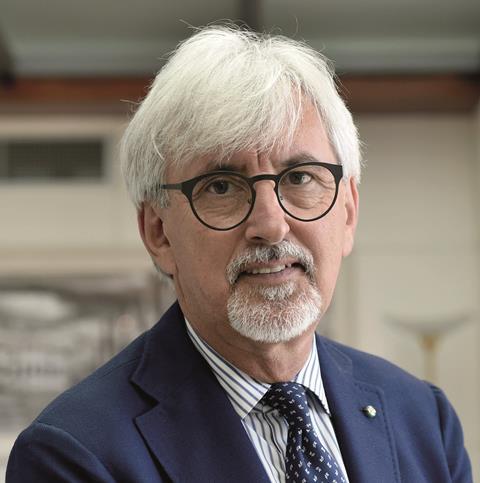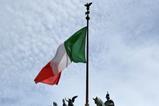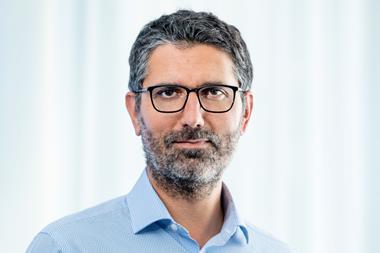Members of the Italian parliamentary committee that are investigating pension funds’ investment policies have questioned Alberto Oliveti, president of the association of private pension funds (Adepp), on boosting investments in the Italian economy and industries.
Member of parliament (MP) Annamaria Furlan asked about the “necessary mechanisms” to facilitate and increase allocations from first pillar pension schemes (Casse di Previdenza) in the real economy, because Italy is in “dire need” of public and private investments.
“Would [first pillar schemes] buy 13% og Poste Italiane [the Italian postal service], so we don’t privatise it?” MP Susanna Camusso asked referring to the government’s decision to sell a stake in the postal service company held by the finance ministry to cash in €20bn over a three-year period.
Oliveti noted that currently the main first pillar pension funds are working to invest in infrastructure, adding that it is necessary to have a universal network available in all parts of the country.
This type of investment may not give a financial return consistent with the approach used to invest pension assets, but is expected to improve the quality of work and services, and socio-economy impact, Oliveti added talking about digital health care.
Fund investments of the Casse di Previdenza have quadrupled in the last 10 years, from €8.3bn in 2013 to €30.2bn in 2022, while direct real estate investments decreased from €11.5bn to €2.7bn now, Oliveti said. Equity investments doubled during the 10-year period to close to €8bn.
Over 50% of total assets is invested in Italy, and close to 75% is invested in the European Economic Area, Oliveti said, noting the schemes’ support for the Italian economy.
Albero Bagnai, the president of the committee, pointed however at a negative trend of investments in Italy, likely caused by real estate divestments. He also questioned the validity of technical financial statements looking at a 50-year timeframe, and the hypothesis on inflation and gross domestic product (GDP).
“I will ask [the casse] to send the technical financial statements to see the hypothesis on the GDP, it has to be clear that in 2026 we will have a level GDP that we had in 2007,” Bagnai said.

Structural problems and double taxation regime
The asset management approach has changed, from direct through professional management via collective investment undertakings that has “considerably grown”, Oliveti said.
Assets directly managed by Casse di Previdenza amounted to around 55% of €60bn in 2013, down to one third of €104bn now, he added.
MP Mario Occhiuto brought up during the audit a report of the Court of Auditors pointing to the structural problems in first pillar schemes, such as overlapping stakeholders, which can lead to increasing costs, and sometimes a lack of know-how, referring to professional management of assets.
The 18 Casse di Previdenza, with 1.6 million members, contributions of €12bn, with €7.7bn in benefit payouts and €104bn in total assets, pay tax on returns on assets amounting to €650m, Oliveti said.
He has asked for the return of part of the tax paid by first pillar pension schemes, totalling €2.65bn per year, to the pension funds for specific purposes, as the schemes are under a double taxation regime, on pension benefits and returns.
An example of a different tax regime is the COVID-19 emergency measure, when the schemes paid allowances to professionals and the state then reimbursed them by drawing on tax revenue.
MP Furlan added that in another parliamentary committee the president of insurers association Ania and representatives of insurance group Unipol spoke about a “short circuit” for the members receiving supplementary pension under a double taxation regime.
Looking for IPE’s latest magazine? Read the digital edition here























No comments yet